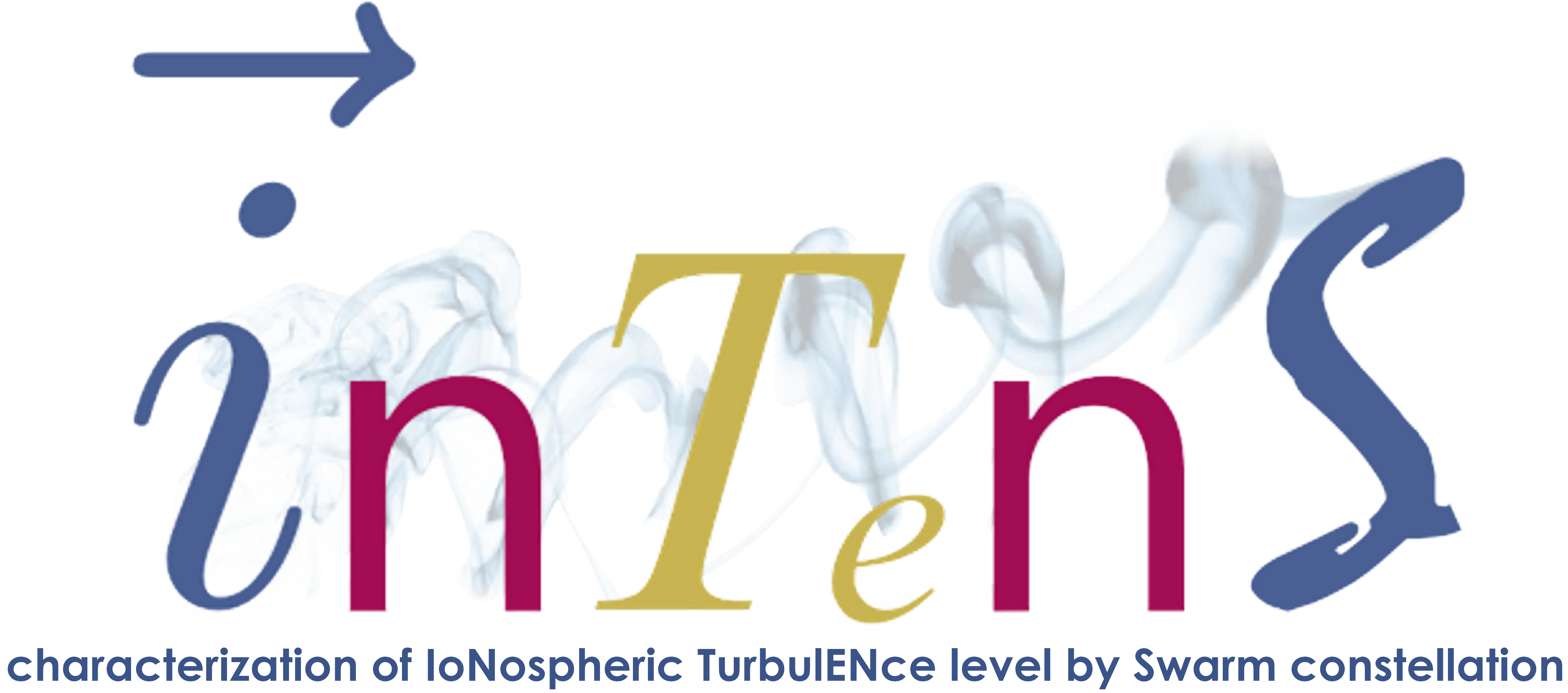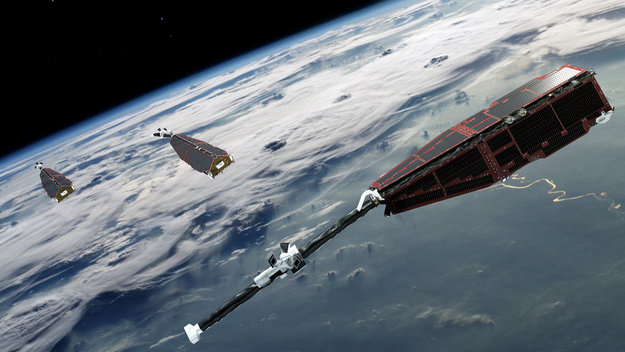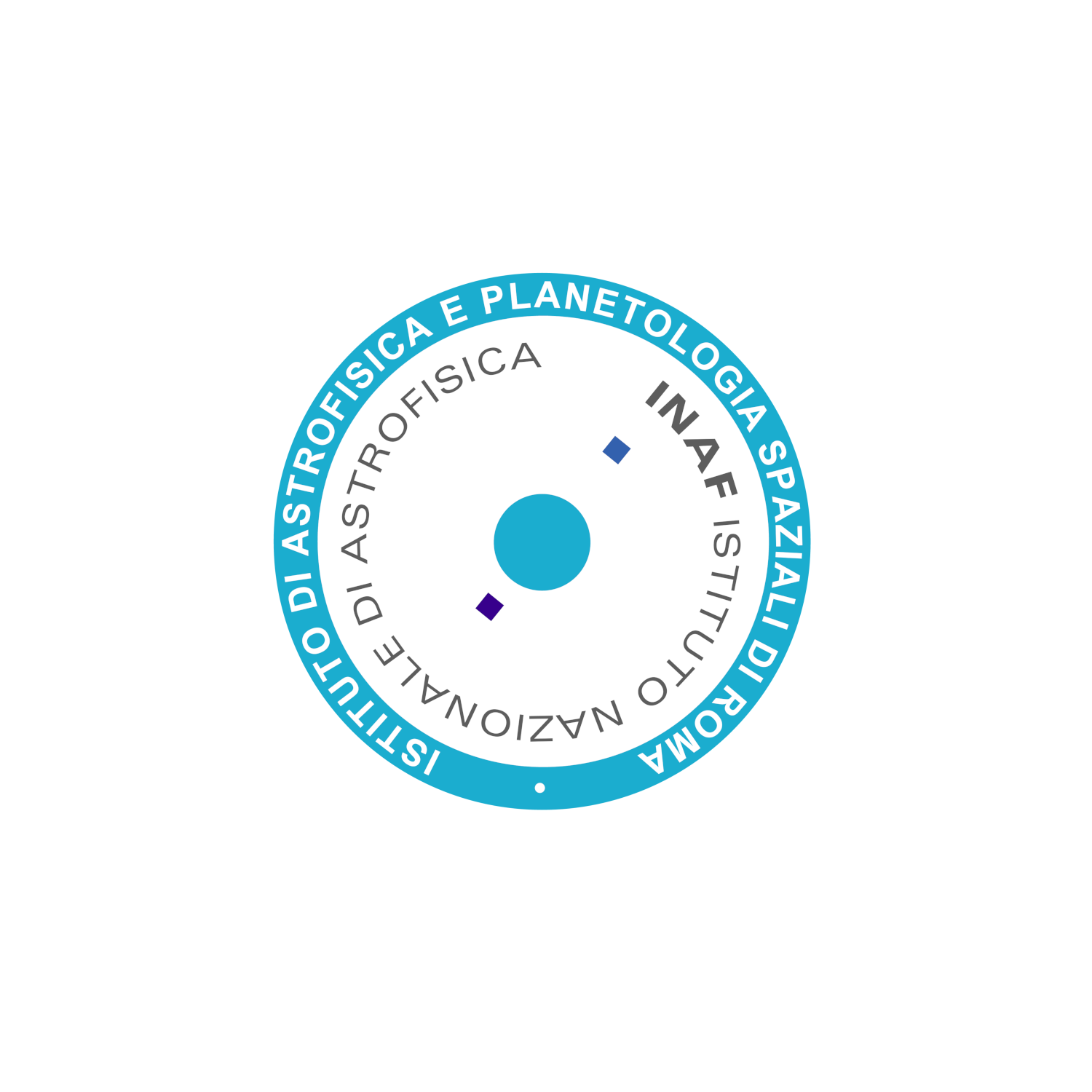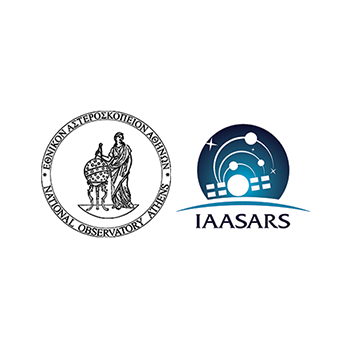How much turbulence in the sky!
Data from space will help us to understand how the physical phenomenon known as "turbulence" can influence radio signals propagation and GPS systems accuracy.
What is "turbulence"?
Although Leonardo da Vinci already observed and studied turbulence in the XVI century, this phenomenon represents a problem, which is not yet completely understood in Physics. The word "turbulence" comes from Latin "Turba", which means: crowd, disorder, confusion; in physics, with "turbulence" one intends the irregular and apparently chaotic motion of a fluid. Since more than six centuries physicists have been trying to catch the essence of turbulence, which shows up in the most diverse situations: downstream the pillars of a river bridge, in the arabesques of cigarette smoke or the swirls of smoke of a bonfire, in doodles and vortices that coffee forms when poured in a glass of milk, in the vortex motion of clouds which we are used to see in images from meteo satellites, or in aeroplanes reactor trails.

Why studying turbulence in the space surrounding the Earth is so important?
The Sun too, through its activity, can give rise to a series of turbulent phenomena, which can influence human beings and, more in general, the anthropic activity.
The Sun, as a matter of fact, continuously emits a flow of electrically charged particles, the "solar wind", which propagates in space reaching our planet and interacting, in the first instance, with the magnetic field of the Earth. An important function of the geomagnetic field is indeed to protect us from solar wind, deflecting it as much as possible; nevertheless, a portion of it can still "slip" into the cavity that this field embraces (the so called "magnetosphere"), and reach the highest part of the terrestrial atmosphere, the ionosphere, which is partly composed by charged particles. Such interaction generates a very complex system of electrical currents and a very unstable environment: fluxes of ions and electrons end up in vortex motions quite similar to those one can observe in the water of a river when it steps into some kind of obstacle.
The "ionospheric vortices" can interfere with radio propagation and with the Global Navigation Satellite System (GNSS), used for air and sea navigation and for the correct positioning with GPS (Global Positioning System).
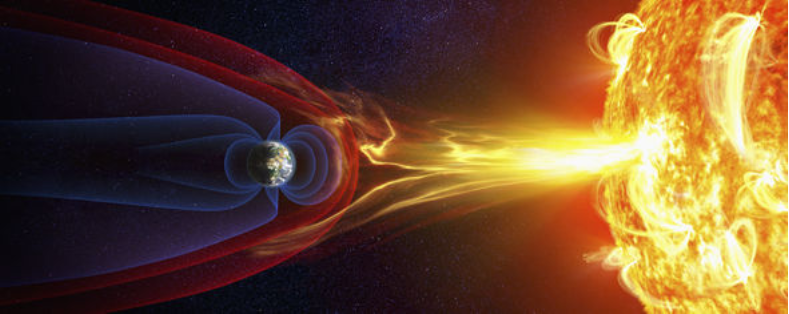
In the last decades, our technological society has become more and more dependent on GNSS and GPS services. Air force and Navy, but also commercial aviation and navigation, make massive use of and critically rely on such services, and the same applies to many other infrastructures critical for society: railway and highway traffic control, agriculture, emergency and disaster management. Many everyday activities too are facilitated by a GPS precise timing: bank operations, mobile phone synchronisation, and so on. Society is thus very vulnerable to interruptions that could affect technological systems and that can follow some particular space weather conditions.
In this framework it is therefore of uttermost importance to understand in detail where turbulence in the ionosphere forms and how it evolves, with the aim of foreseeing and, possibly, mitigating problems related to radio and satellite communications. In fact, although turbulence is still considered as an open problem, for which a complete and exhaustive theory is not yet available, in the last years many steps forward have been done, and now at least a statistical theory of turbulence has been conceived, which allows overcoming the issue of the non-predictability and randomness of motion.
In this framework comes the INTENS project, that will analyse data of magnetic field, electron density and temperature, acquired during four years of operation by the three spacecraft of the ESA Swarm constellation, whose orbits lie in the ionosphere, between 400 and 500 km of altitude. This will allow clarifying important aspects of the ionospheric turbulence and its impact on some phenomena, which can affect life and society.
It is the first time that a similar study is performed over a so vast sample of in situ measurements, using different physical quantities, and this will give the opportunity to perform a multi-scale characterization of turbulence. We therefore thank ESA for such a unique opportunity.
For more information and readings on turbulence and, in particular, turbulence concepts applied to the framework of Space Weather and Sun-Earth interactions, please have a look here.
